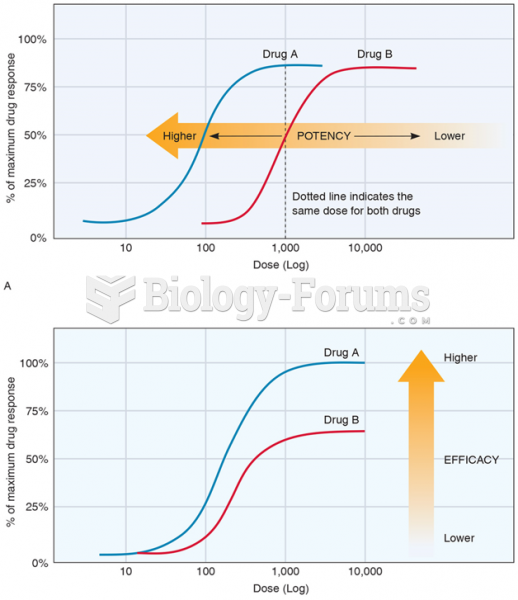Answer to Question 1
Correct Answer: 2
Rationale 1: IV verapamil should be administered with the client lying in bed to prevent falls that can occur with severe hypotension.
Rationale 2: The client receiving IV verapamil might experience cardiac dysrhythmias and cardiac arrest.
Rationale 3: A pulse oximeter monitor is not required for a client receiving IV verapamil. A cardiac monitor, however, would be necessary to detect reflex tachycardia or other dysrhythmias.
Rationale 4: Oxygen administration during verapamil administration is not necessary.
Global Rationale: The client receiving IV verapamil might experience cardiac dysrhythmias and cardiac arrest; therefore, it is appropriate for the nurse to obtain emergency resuscitation equipment. IV verapamil should be administered with the client lying in bed to prevent falls that can occur with severe hypotension. A pulse oximeter monitor is not required for a client receiving IV verapamil. A cardiac monitor, however, would be necessary to detect reflex tachycardia or other dysrhythmias. Oxygen administration during verapamil administration is not necessary.
Answer to Question 2
Correct Answer: 2
Rationale 1: Tachycardia is not associated with statin drugs. Bradycardia can occur as an adverse effect of verapamil (Calan), but this risk is not increased by adding a statin to a drug regimen.
Rationale 2: Muscle pain might indicate myopathy, an adverse effect of simvastatin (Zocor), which is a statin drug. The risk of myopathy is increased when a client takes both a statin drug and verapamil (Calan).
Rationale 3: Dizziness might indicate hypotension, a risk associated with simvastatin that is not increased by verapamil (Calan).
Rationale 4: Headache is not a serious adverse effect of this drug combination.
Global Rationale: Muscle pain might indicate myopathy, an adverse effect of simvastatin (Zocor), which is a statin drug. The risk of myopathy is increased when a client takes both a statin drug and verapamil (Calan). Tachycardia is not associated with statin drugs. Bradycardia can occur as an adverse effect of verapamil (Calan), but this risk is not increased by adding a statin to a drug regimen. Dizziness might indicate hypotension, a risk associated with simvastatin that is not increased by verapamil (Calan). Headache is not a serious adverse effect of this drug combination.







